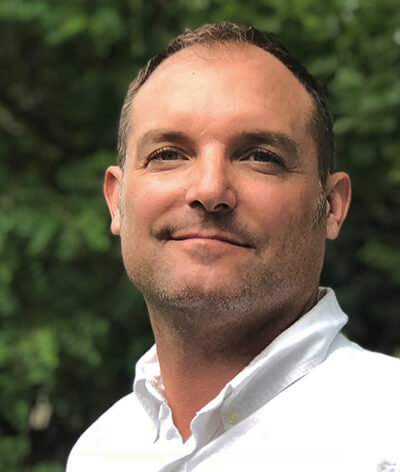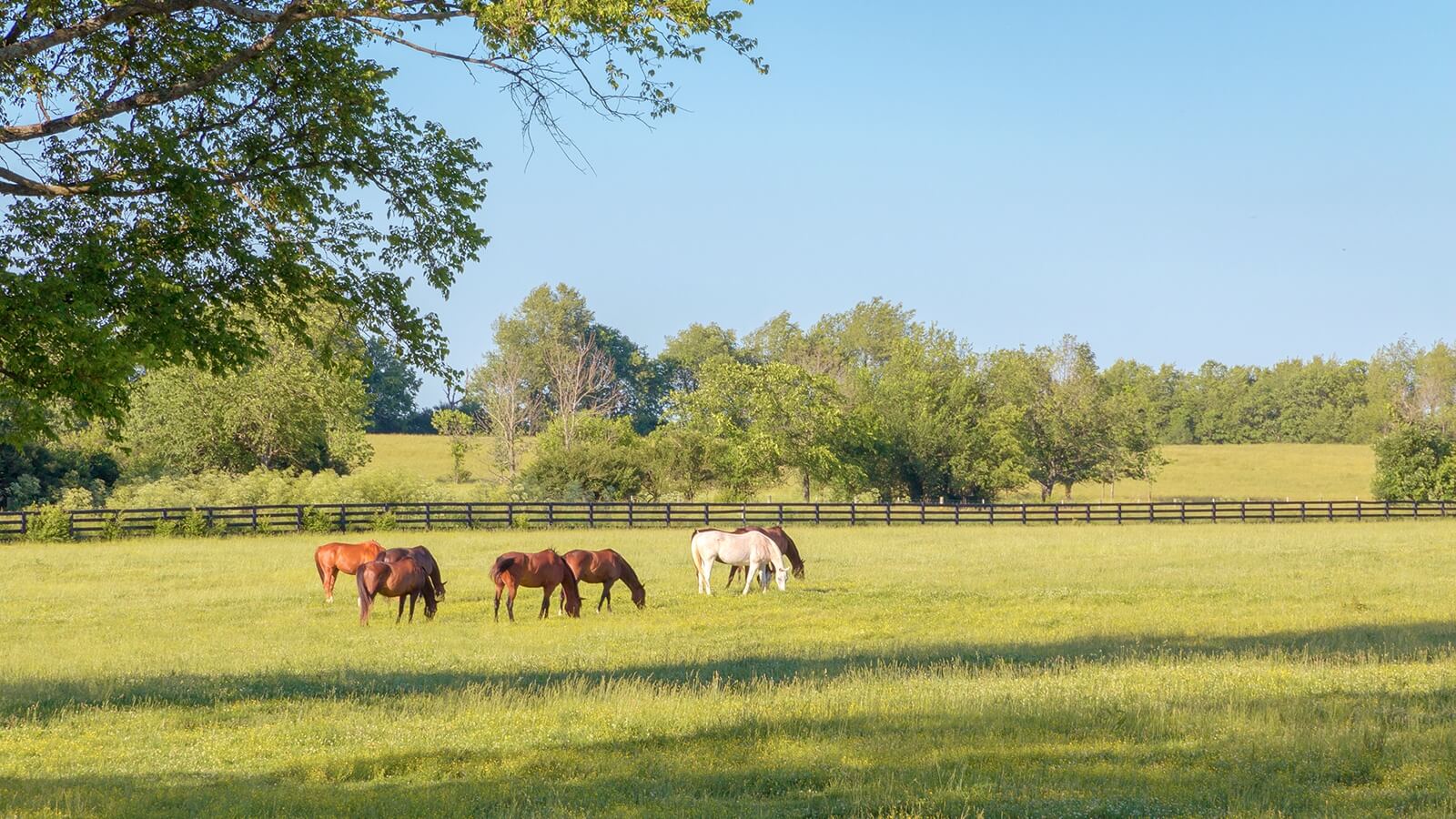Every equestrian property owner understands the effort it takes to care for horses. Cleaning stalls, mending fences, and maintaining buildings alone can be a full-time job. Another element that can be just as challenging is caring for the land. Horses place a significant amount of stress on pasturelands and the surrounding environment. And often, the full extent of the impact can be easily overlooked or difficult to assess. If not managed correctly, grazing horses can cause damage to the ecosystems on a property that can take years or even decades to recover. Developing a plan to conserve and protect these natural resources is a critical aspect of maintaining a safe and healthy environment.
Understanding how to best manage and conserve the ecology on a property requires finding the right technical expertise and knowledge. The good news is that there are numerous agencies and programs available to help landowners. But because every property is unique and the ecological conditions can vary widely, determining which agencies and programs are the most appropriate is a challenge. Also, some agencies provide similar services that overlap with another agency, and in other areas there may be gaps in services. Having a guide to help navigate and coordinate the various resources can be beneficial.
Even though it has been around since 1935, this guidance can come from a resource that many equestrian property owners may not have considered before—the National Resource Conservation Service, or NRCS.
Originally, the NRCS was established by the United States Department of Agriculture as the National Soils Conservation Service, to help farmers take better care of their land after the Dust Bowl era of the 1930s. The agency’s name was changed in 1994 to better reflect the expansion in its areas of focus. Now beyond just soil health, its areas of technical assistance have grown to include animals, plants, air, water, and even energy conservation.

Sara Koeppel, a soils conservationist with the NRCS, is based in the regional office in Colorado Springs. She describes just how challenging the Colorado environment can be (as in many areas of the US) to raise and care for horses. In a climate that only sees an average annual rainfall of fifteen inches she says, “It generally requires about forty acres of pastureland to fully forage a 1000-pound animal for one year.” And while most equestrian owners supplement their horses’ feed, overgrazed pastures can cause a significant amount of damage to the land. In such a fragile environment, a property without a pasture management plan in place can quickly degrade the grasses, soils, and other natural resources.
These resources are available to all, so why aren’t they more well-known?
While the technical assistance and educational resources available through the NRCS and its associated agencies and programs are free to anyone that reaches out, the agency is still not widely known or utilized as a resource by many equestrian property owners. Perhaps this is because in many municipalities equestrian properties seemingly fall into a gray area between residential and agricultural zoning classifications, leaving owners unaware that the resources are available to them. Or perhaps it’s because the NRCS is historically better known for its work with much larger agricultural landowners, such as farmers and ranchers, so smaller property owners just don’t feel these resources will fit their needs.
Another reason may be that these resources are located across the range of government levels. Determining which state, regional, or local agency or program is the most appropriate can be challenging. Starting with the NRCS is the best way to coordinate these agencies and make the most of these resources.
Koeppel emphasizes that in order to address the ecological concerns and needs, “We really need to look at it as a partnership with the landowners to come up with the best strategy. The first step is really for us (NRCS) to come and visit the site, walk around, and see what’s going on with ecological and engineering staff.” Based on the environmental needs of the property, they will then assist in developing a Conservation Plan to determine which strategies are the most appropriate for reaching your environmental goals. Once qualified they’ll provide access to another resource available through the NRCS—federal grant funding programs.
These cost-sharing programs can provide funding for implementing various elements of your approved plan. For example, funds can be applied to the costs associated with fencing as part of a pasture management plan, or financial assistance with trees and planting costs as part of a soil quality improvement plan, or even for costs associated with irrigation and seeding programs. In some cases, as much as 50% of the associated costs can be covered through these programs. This assistance can make a tremendous difference to many property owners, helping them overcome financial barriers associated with implementing Conservation Plans and in reaching their environmental goals.
When Kristen Galles and her family decided to move to Colorado with their two horses, she knew that managing her property would be much different than her property back in Minnesota. With only five acres of the land suitable for grazing on her property, located in the foothills west of Denver, understanding the variations in the plants and managing pasture areas in the hilly terrain was going to be critical.
To meet her conservation goals, she was connected to the Colorado Small Acreage Management Program (CSAM). This program, available to Colorado landowners at the state level through the Colorado State University Extension office, is one of the resources that partners with the NRCS. She said the staff from CSAM came out right away to help her work on three areas of focus for her property—the plants and grasses, weed control, and pasture management.

Together, they developed long-term management strategies specifically for her land and to meet her goals and overall vision for her property. One of the more unique features of the plan included the inclusion of a Paddock Paradise Track system[1] into her rotational pasture management plan. Now in operation for eight years, she says she couldn’t be happier with the results. The plan allows her horses to be on pasture up to ten or twelve hours a day in the summer months, spending the rest of their time in the track system, keeping the pasture areas from being overgrazed and remaining healthy. Her horses are healthier as well. She says, “They have noticeable improvements to their top lines and improvement to the overall condition of their hooves,” due to the increase in daily exercise and activity they have with the track system.
Start at the top to make the most of available resources
Kat Caswell is a pasture management specialist with the CSU Extension and the CSAM program. Describing its mission as one to “provide non-biased technical and science-based education to the public” Caswell says the Extension can be considered part of the middle level of the conservation program organizational structure. She also acknowledges that the various levels of government can seem somewhat confusing for those reaching out for the first time. But to best coordinate and access the most appropriate resources, beginning with the technical administrators for these conservation programs, the NRCS is really the place to start.
Our natural resources and the ecosystems they create are the systems that clean our water and air, provide rich and diverse environments for plants and wildlife, and are critical in providing healthy and safe land; not only for the welfare of our animals but for us as well. How we care for and conserve our natural resources now can have a tremendous impact on the quality and health of our environment long into the future.
The array of resources available to landowners across multiple levels of government can be complex. And while the NRCS can’t help you with mucking that next stall, they can assist you in turning that waste into an asset, along with coordinating other conservation resources and planning needs.
So, the next time you think about how to best maintain and conserve the natural resources on your equestrian property, think about reaching out to a resource you may not have considered before—your local office of the NRCS.
See this article in the March/April 2022 online edition:

Rodney Kazenske is a licensed architect with over 35 years of experience in architectural design and construction. His firm, Yardstick Studio LLC, specializes in custom residential and equestrian architectural design and planning. Incorporating the principles and elements of beauty, functionality, health, safety, and welfare into his designs, he provides inspired and innovative living solutions for his clients and their horses.

